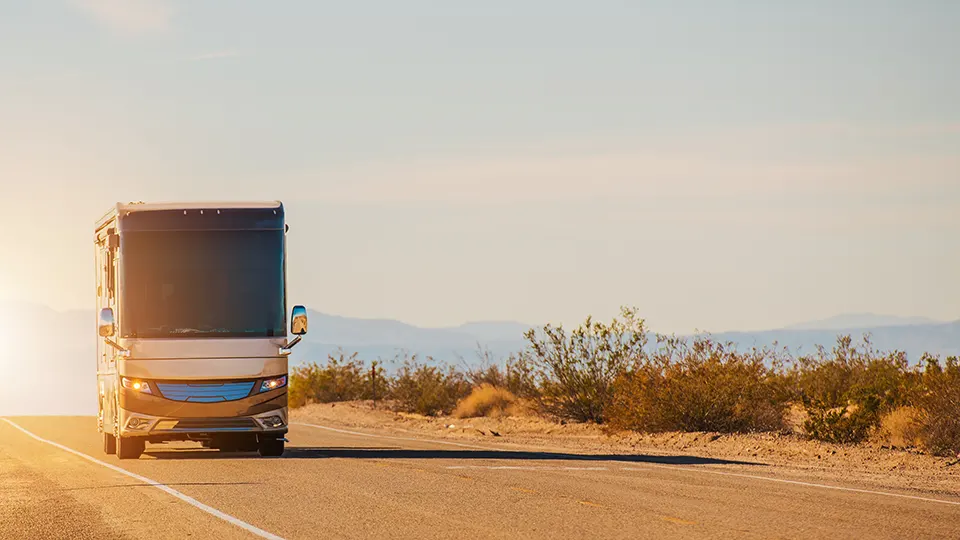As sustainability and Corporate Social Responsibility continue to become more critical in the events industry, event planners need to consider ways to reduce waste and lower the overall carbon footprint of meetings, incentives, conventions, and other events. To help you get started, we’ve assembled our Top 3 secrets to bring your next event closer to carbon neutral.

Serve Up Lower Carbon Food & Beverage Options
The global food supply chain is one of the biggest contributors to carbon emissions on the planet. As a key element of most events, food and beverage also happens to be one of the largest carbon contributors in the meetings and events industry. Try these simple adjustments to lower your food & beverage footprint.
- Switch to Plant-Based Menus
Raising livestock and fisheries uses more fossil fuel and carbon-based waste than agriculture. Want bonus points? Regeneratively farmed produce typically has a lower carbon footprint than traditional crops. - Eat & Drink Local
Using ingredients that are produced close to your event’s destination reduces the transportation emissions necessary to bring those foods to you. Ask for this during your menu design process. - Partner with Catering Providers
Some waste from uneaten/unserved items is unavoidable, but you and your catering providers have a choice in handling that waste. See if your provider participates in composting programs or has initiatives other than placing biodegradable waste in landfills.

Rethink Travel & Logistics
The transportation sector accounts for nearly 30% of all carbon emissions worldwide. So, when your attendees rely on vehicles, airplanes, or boats for your event, those trips add to the problem. The same goes for event materials like decor, trade-show booths, brochures and handouts, giveaways, and other items that must be shipped or otherwise transported to your destination. Here’s how to change that:
- Choose Carbon-Smart Venues
Sometimes the best event locations can be found right in your own backyard. See what untapped resources may exist in your area, such as botanical gardens, museums, schools, theaters, and parks that don’t require long journeys. - Travel Together as a Group
When out-of-town travel is unavoidable, try to condense your audience into as few vehicles as possible.
If traveling by air, see if a charter may allow you to bring more people on a single aircraft instead of being spread out across multiple commercial flights.
Within driving distance of your venue? Charter a bus or motorcoach instead of everyone taking separate cars. You can also look into providers with hybrid or bio-diesel vehicle fleets to further lower your emissions profile.
- Ride Green
Incentivize your audience to use public transportation and mass transit resources whenever possible. A special gift, or an exclusive welcome cocktail reception may be just enough to inspire many attendees. Be sure you also choose a venue that’s well located for this purpose.

Support Carbon Offset Programs
When you can’t make your event completely carbon neutral through your own measures, consider purchasing carbon offset credits from various Carbon Offset Programs instead. These organizations use your financial contribution from the purchase of credits to fund activities that reduce carbon emissions on a larger scale.
Resist the urge to simply plan your event normally and buy the necessary offset credits on the side. Attendees will find this inauthentic and it can get pretty expensive if you’re not keeping an eye on your event specifics.
Instead, bring in offset credits as part of the event planning process. Decide if you will devote a certain portion of the budget towards offset points from the beginning, and then work internally to reduce the event’s carbon output to cover the rest.
Getting started on the road to carbon neutrality, or the very ambitious net-zero carbon standard can seem daunting at first, but keep at it. More and more vendors, providers, and other organizations are pursuing greener and more carbon-friendly alternatives daily. And, with practice, you and your planning team will also become more comfortable with simple steps you can take to be smarter about your carbon footprint.









